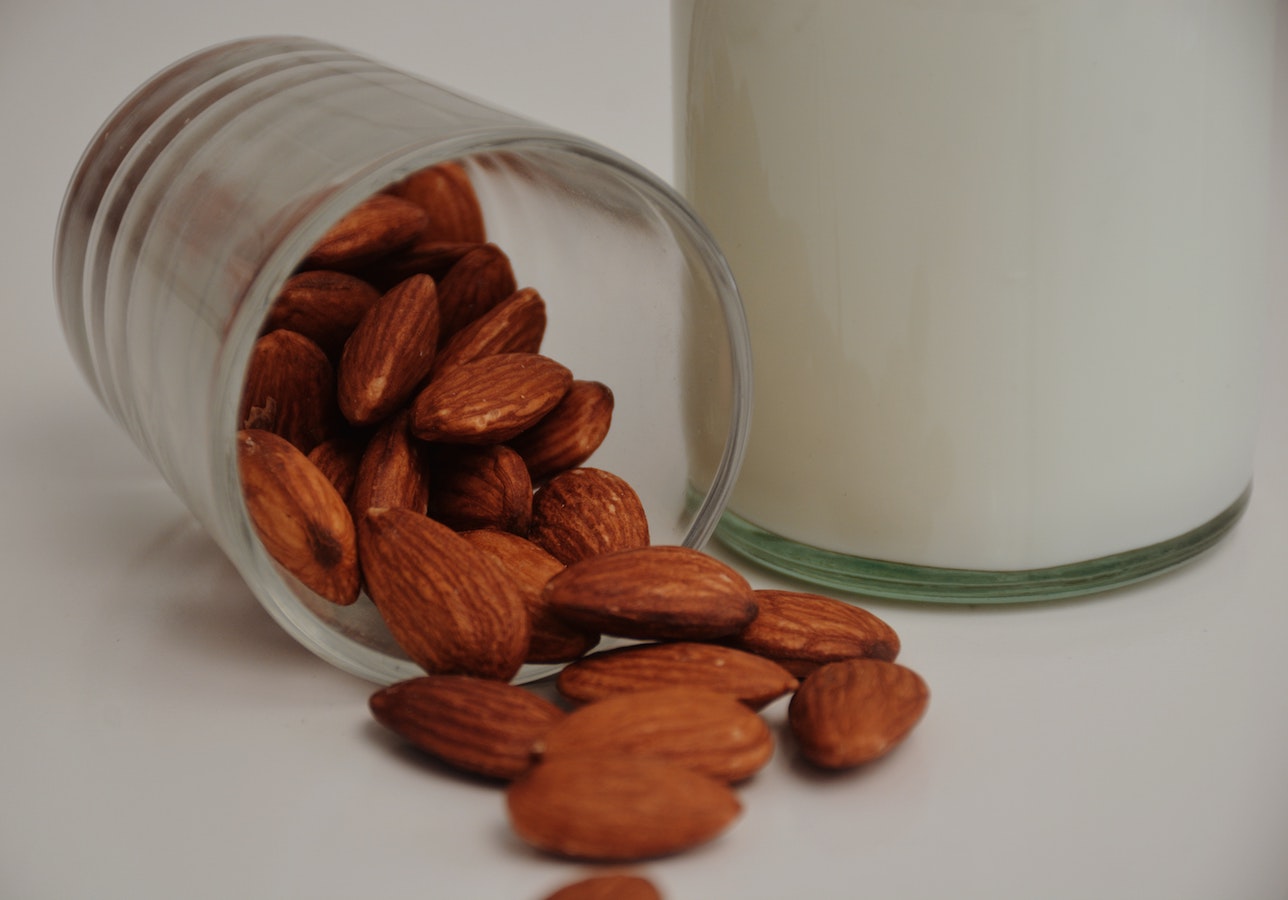
How to Bake With Non-Dairy Milk Substitutions
by Nea ArentzenAs the popularity of plant-based cooking and baking continues to rise, the demand for dairy-free milk alternatives has grown significantly over just the last few years. Here we’ll explore some of the most popular plant-based milk options, including (but not limited to) soy milk, almond milk, oat milk, and coconut milk, how you can use them in your own baking, and how to choose the right one.
Considerations for Choosing Milk Substitutions
When choosing a milk substitute for plant-based baking, there are several factors to consider. These include dietary needs and restrictions, flavor preferences, allergies and intolerances, environmental and sustainability factors, and availability and cost. It’s important to choose a milk substitute that meets individual needs and preferences while also providing the necessary structure and flavor in recipes.
Additionally, no plant-based milk has the same amount of protein, fat, or sugar as regular dairy milk. This means that the outcome of your baked goods may differ from your expectations, depending on what you are making. However, since you will most likely still add eggs to your recipes (unless you are vegan), the recipe will have enough protein to maintain its structure. In most recipes, you can substitute dairy milk with non-dairy milk in a 1:1 ratio.
Oat Milk
Oat milk is a relatively new addition to the dairy-free milk market, but it has quickly gained popularity due to its super creamy texture and mild flavor. It’s made from oats and water and is often fortified with vitamins and minerals. It’s widely used in coffee, specifically, and is preferred by many due to its thickness (unlike almond milk which is much more watery).
Because of how similar in texture oat milk is to whole milk, we consider it to be one of the best milk substitutes in baking recipes. It has a fairly sweet and somewhat nutty flavor, which only adds to whatever it is you’re baking. Just make sure that you properly shake the oat milk container before pouring so that everything is nicely blended and smooth.
Soy Milk
Chances are, whether you’re dairy-free or not, you’ve experimented with soy milk at one time or another. Soy milk has been around for decades and was one of the first plant-based milk alternatives to gain popularity. It’s made from soybeans that have been soaked in water, then ground into a silky milk-like liquid. It has a smooth and creamy texture and a fairly mild flavor that makes it a very versatile ingredient.
Soy milk can be used in place of dairy milk in most baking recipes, but it can also be used to make tofu, soy yogurt, and soy cheese. “Soy milk has the most protein of all the alternate kinds of milk, so for baking projects that need a lot of structure (think cakes and bread), this is [one of] the best dairy-free options”, says Mandy Naglich from Allrecipes.
Almond Milk
Almond milk, apart from oat milk, is presumably the second most common dairy-free milk when it comes to baking, cooking, and drinking. It’s made from ground almonds, water, and often a little bit of sea salt, and has a nutty flavor and slightly sweet taste. Almond milk is also a popular choice for those who want to reduce their calorie and fat intake, as it is often low in both.
Almond milk is a great substitute for dairy milk in baked goods, but one thing to keep in mind is that baking times may need to be adjusted. “When using it in place of whole milk, confections may bake a little faster, as there is more water in almond milk than [in] dairy milk. This water evaporates causing the baked good to rise and set more quickly”, Mandy says.
Although there are many positives to almond milk, you may have to be careful with when and how you use it. It might not always be suitable for those with nut allergies, and its thin consistency may not work well in recipes that require a thicker texture (for example, a vanilla custard).
Coconut Milk
Coconut milk, not to be confused with its much thicken counterpart–coconut cream, is a unique milk substitute that is made from the flesh of mature coconuts. It has a rich, creamy texture and a sweet, nutty flavor that can add depth to many recipes. Although undeniably delicious, it’s not as versatile as the above three as it can add a strong coconut flavor to your baked goods (depending on the amount you use, of course). This also means it may not work well in recipes that require a more subtle taste, or where you’re hoping to feature another flavor (vanilla, orange, raspberry).
If you do choose to use coconut milk, it’s important to consider the type of coconut milk you use. “If a recipe calls for whole milk, use full-fat canned coconut milk. If a recipe calls for heavy cream, you can use canned coconut cream or full-fat canned coconut milk.... If a recipe calls for lower-fat milk, you can use a light version of coconut milk”, says Lucinda Honeycutt from LiveStrong.
Other Milk Substitutions
Other common milk substitutes include rice milk, hemp milk, and cashew milk. While they vary slightly in texture and viscosity, they all have fairly mild flavors and can be used interchangeably with dairy milk.
While oat and almond milk are our top picks for baking, we encourage you to experiment with different types of dairy-free milk to find the one that works best for you. Keep in mind that as long as you are using another source of protein in your baked goods–such as eggs, chia and/or flax “eggs”, butter, etc–chances are you won’t notice too much of a difference.
